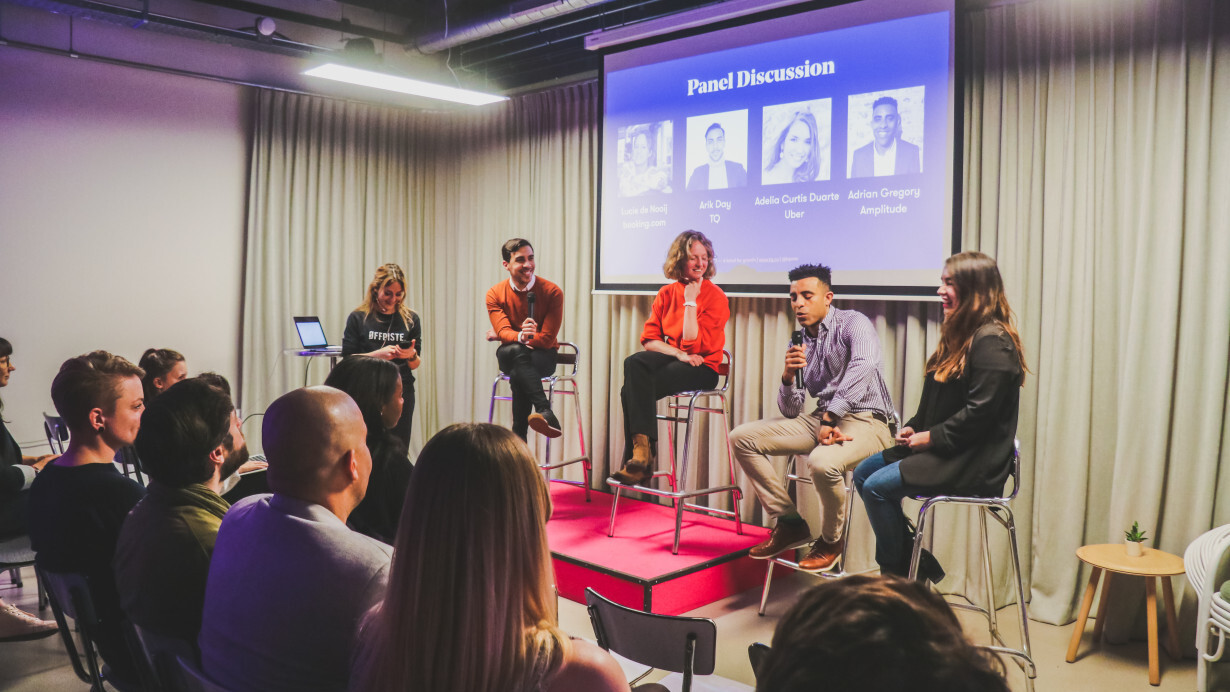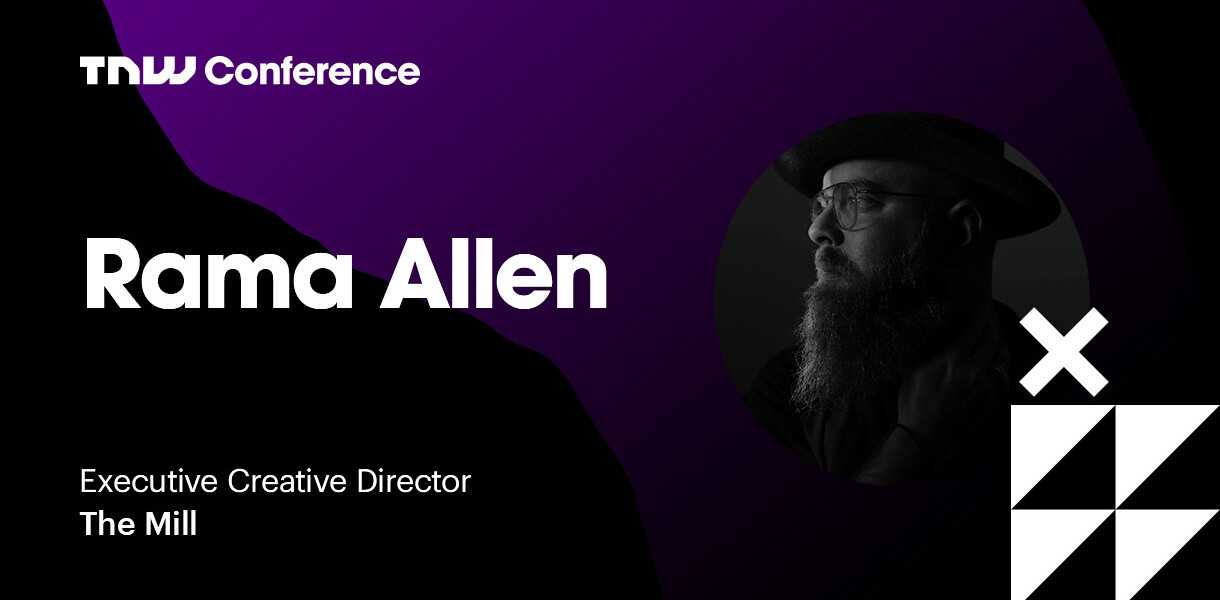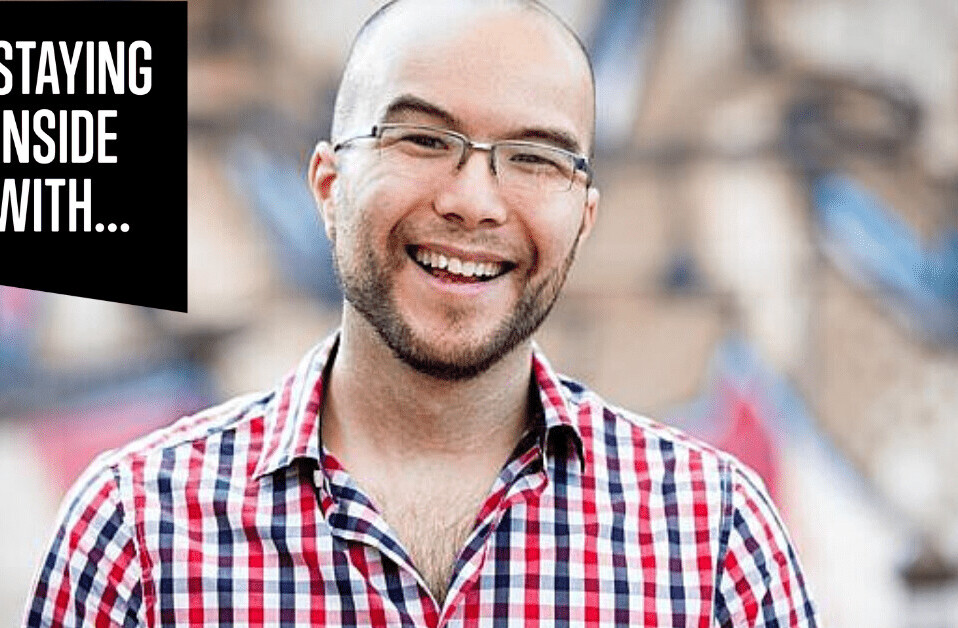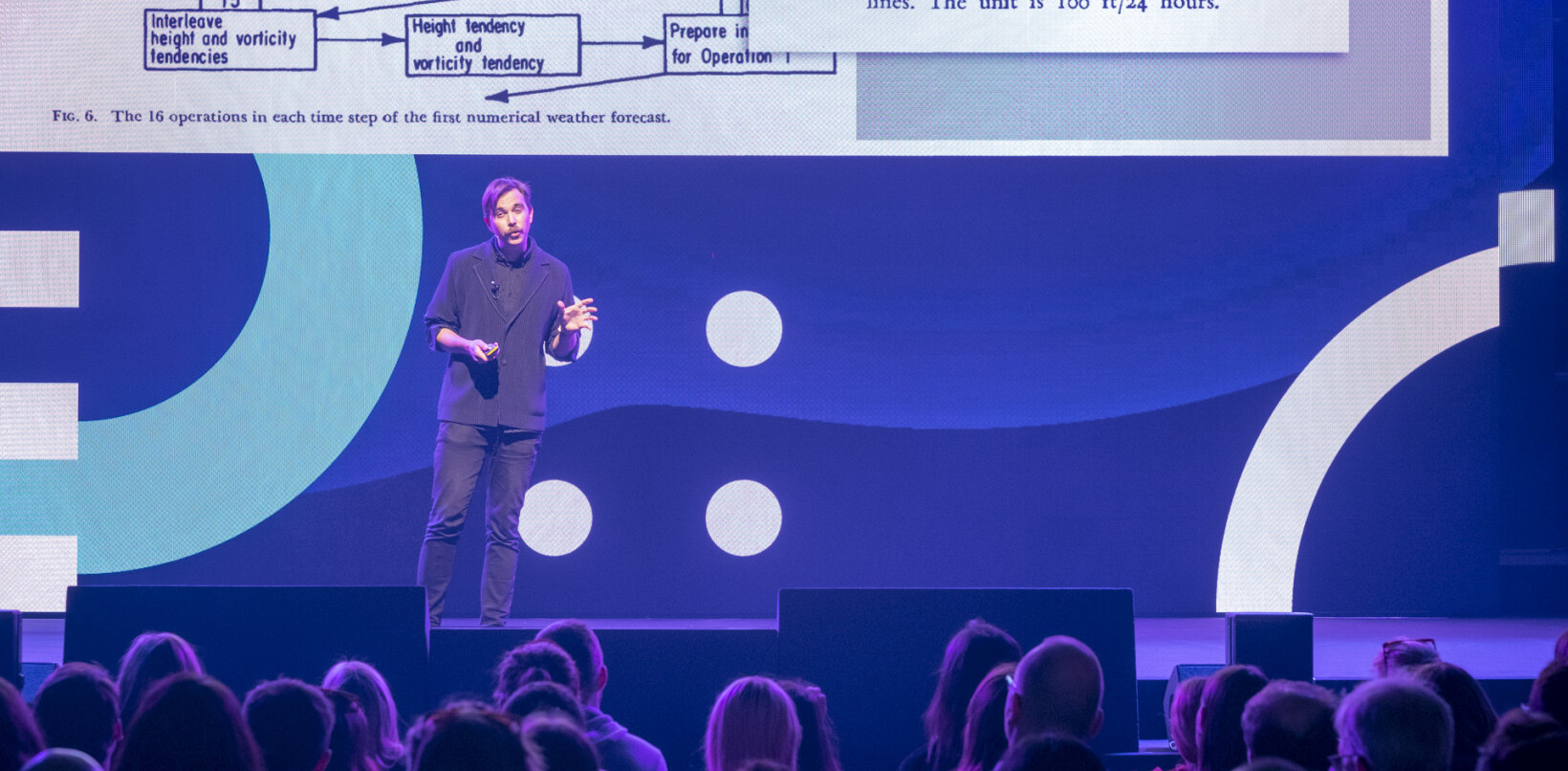
The results are in: Diversity drives business success (and in far more ways than just profit). A diverse workplace can make you feel more comfortable expressing yourself, helping you bring your best ideas, your best work, and your best self. Also, a company’s openness to a wider range of perspectives and ideas not only attracts a larger pool of talent but also helps your company to create products that address the needs of a diverse society.
Becoming a diverse business can be a daunting task so you’re probably wondering where to start? At TQ’s Driving Business Results through Diversity event, we heard from experts from Booking.com, Uber, Amplitude, and TQ who’ve experienced first hand both the upside of investing in diversity and the downside of not prioritizing it.
With the knowledge from these experts and the wider TQ community, here are several straightforward ways you can integrate diversity into your business strategies to drive real business results:
Diverse hiring practices
Many companies develop inclusive hiring practices to ensure they comply with anti-discrimination legislation, which is great reasoning, but definitely not the only important factor. Considering a broader talent pool allows you to build a diverse team. Diverse teams bring different perspectives, and in turn, allow you to build and shape products that fit the needs of a wider range of people.
Take the language you use in job posts, for example. Research has found that job listings using more masculine-coded words actually make them less appealing to women. Tools like this gender decoder can help you check whether your job postings use language that could have a discouraging effect.
When it comes to recruitment, trusting your gut isn’t usually the best idea. Understanding how biases, privilege, and knowledge gaps affect your judgment is crucial to making fair-minded hiring decisions.
HR Manager, Joanna Szot, from TQ’s mother company, TNW, is very familiar with situations bias can arise: “Sometimes candidates come to you and say ‘Oh I come from this city,’ or ‘I went to that festival’ and you’re quick to think we have something in common, so it’s very likely your preference would go to that person. Well, it shouldn’t be like that so it’s very important to be aware of the biases that exist.”
Amplitude’s Director of Customer Success EMEA, Adrian Gregory who was on the panel at TQ’s event agreed that avoiding your gut feeling is essential. “You might look at a name on a resume and make judgment. You might make judgment when you first see that person. Acknowledge it, and then try to course correct it and find a solution,” he explained.
“We really look at experience first and try to avoid photos or names,” continued Joanna. “We also try to make the ratio of interviewees equal with women and men giving a wider range of candidates an equal opportunity.”
So, by changing small things like the language you use or by making an effort to think outside the norm when it comes to your hiring choices, diversity will likely follow.
Diversity marketing
While inclusive hiring practices are fundamental to increasing diversity in the workplace, diverse marketing efforts are equally as important. The ‘one-size-fits-all’ approach to marketing many companies used in the past is nowhere near enough to reach the diverse range of perspectives, beliefs, and ideals of today’s society.
As Lucie de Nooij, Team Lead of Analytics at Booking.com who spoke at TQ’s event explained: “Translating words into different languages is important, however, you need to make sure what you’re saying is actually attractive to people. To make it attractive to everyone, it needs to be developed by everyone.”
In the same way language can be inclusive, if you can identify with someone in a brand’s ads, this can give you a good impression of whether or not you’ll fit in. In short, diversity attracts diversity.
Dutch clothing retailer, Suitsupply, for example, has recently caused some controversy with their new marketing campaign featuring two men kissing. The company received hundreds of hateful Facebook comments in regards to the ads, had their banners vandalized, and in just a few hours lost over 14,000 Instagram followers.
On the other hand, they also received many positive responses and gained many new followers because of the campaign. By having the courage to go forward with a provocative campaign, Suitsupply stayed true to their belief of celebrating all kinds of relationships even if that means losing customers that don’t align with their brand image.
Inclusive corporate culture
Building an inclusive work culture takes a lot of thought, research, and a willingness to sometimes be uncomfortable. Uber, for example, who’ve had their fair share of negative PR over recent years have had to take big steps to change their image and improve their culture.
As Adelia Curtis Duarte, Head of Recruiting EMEA at Uber explained at TQ’s event, “We took a long deep hard look at everything that was happening in the organization. We did over 25 listening sessions to really understand what is going on in our culture.”
At TQ, our tech hub in the heart of Amsterdam housing over 50 startups and over 600 people, recognizing that people are different, and respecting these differences is incredibly important.
“It’s more than just the basic diversity indicators,” explained TNW’s HR manager, Joanna Szot. “We also think about hobbies, food preferences, and how different people really are to get a bigger picture of diversity.”
Head of Diversity at TQ, Arik Day, another panelist at last week’s event is extremely conscious of this. “Before I started here at TQ, one of my predecessors was a big promoter of installing gender-neutral washrooms. It was such a great moment when residents moved in and asked specifically if we have them to say ‘yes, we do’” he explained.

This includes things like flexible working hours and making sure the environment considers the needs of and provides activities for parents. For instance, at TQ, we’re currently in the process of building a space that can be reserved for prayer, breastfeeding, meditation, or naps.
Clothing brand Patagonia really inspires Adelia from Uber. “Patagonia has done some incredible things along the lines of childcare, and as a result has had 100 percent retention of mums who are returning to the workforce. It’s crazy when you actually read everything they’ve done to set up parents for success in the organization.”
Lucie de Nooij noticed a similar thing at Booking.com: “Way before the Dutch government dared to do it, dads already had 10 days of paternity leave after birth.”
What do you want the future to look like?
TQ’s Program Director, Sophie op den Kamp sees diversity as something that should be ingrained into every aspect of the business. “We believe that diversity and inclusion are more than just a trend and more than just a box you can tick off. It’s a strategy that should be interlaced in all your business processes and is equally as important as your operations, marketing, and HR strategies. It can really drive business results, and moreover, it can really make a social impact.”
Adrian from Amplitude has a similar mindset: “Diversity has never been an initiative that I felt ‘Oh, we have to do it to check a box.’ It’s ‘we need it to survive.’ You have to be able to relate to different types of people.”

For large international companies like Uber, developing the top-down processes that foster diversity is a big challenge. As Uber’s Adelia explained, “Some of the things that internally our D&I team are tackling these days are making sure we’re embedding diversity and inclusion into everything we’re doing as a company. We have dedicated D&I business partners for every region we’re a part of that really understand and embrace how diversity shows up in different parts of the world.”
At TQ, things are a little different for Arik. “One of my biggest tasks is figuring out how to really build these bottom-up initiatives for the community, and that’s also where programming comes in. Events like this are really where TQ can hit the nail on the head in terms of promoting diversity and inclusion initiatives,” he explained.
“This is our opportunity to be bold. During our Pride event, for example, we had a half-naked guy wearing a wig dancing in a shell to Beyonce music. I also did some writing and I wrote about how to really break down that pizza and beer culture we have here, offering wine, gluten-free options or taking out the alcohol altogether. So it’s just about picking your battles in lots of smart and intelligent ways… and lots and lots of meditation.”
Diversity is no longer a choice
While improving your businesses diversity can seem overwhelming at first, as the experts confirmed, all it takes is some thoughtful, yet minor tweaks to your normal practices.
Whether it’s getting better at recognizing bias, using more inclusive language or images, or simply taking the time to better consider the needs of people in your organization, there are plenty of easy ways to improve D&I.
What’s just as important, however, is setting benchmarks to track the progress of the changes you’ve made to make sure you’re heading in the right direction. As TNW’s Joanna explained, “Our goal this year is to build a diversity dashboard to track our activity, measure its results, and analyze the exact ROI for every change we make. First, though, we want to ask the team what diversity means to them as it can be defined in many different ways.”
While there’s no quick-fix for improving diversity, every small change provides a new perspective, a new idea, or addresses a need that hasn’t already been met. Ultimately, diversity is no longer a choice, it’s now a necessity. Those who choose to invest in it will not only improve their business success but also create a lasting social impact.
This article was originally published on TQ.
Get the TNW newsletter
Get the most important tech news in your inbox each week.




